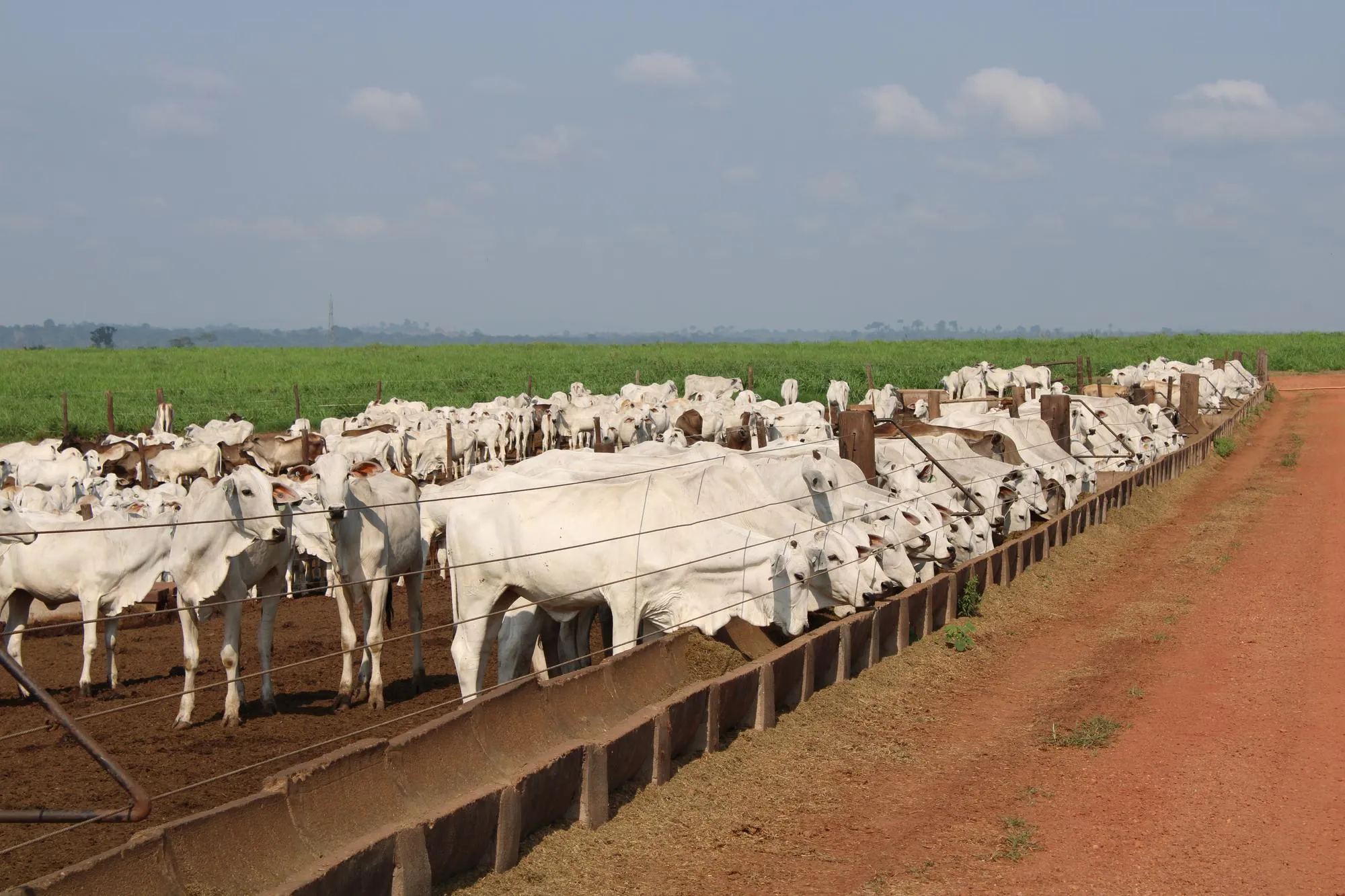In a pioneering study published in the “Animal Reproduction Science” journal, researchers have illuminated the hidden effects of heat stress (HS) on cattle reproduction, providing new insights into the challenges faced by the dairy industry under changing climatic conditions. The study’s objective was to explore how extracellular vesicles (EVs) in the follicular fluid obtained from heat-stressed cows affect the gene expression during in vitro oocyte maturation.
The research, led by Felipe Morales Dalanezi and his team from the São Paulo State University in Brazil, presents compelling evidence that follicular fluid EVs from thermoneutral (TN) and heat-stressed cows distinctly modulate the genetic orchestration of oocyte quality. This could have far-reaching implications for cattle fertility, milk production, and consequently, the agricultural economy.
The Intersection of Heat and Reproduction
Cattle, invaluable assets in agricultural ventures, are known to suffer reproductive setbacks when subjected to heat stress. The study in question aimed to delve into the molecular underpinnings of this phenomenon. The researchers collected follicular fluid from nonlactating cows that were estrous synchronized and randomly assigned to either TN or HS environments right after ovulation.
The EVs were isolated from the pooled follicular fluid of each treatment group. Subsequently, groups of 20 cumulus-oocyte-complexes (COCs) underwent maturation in a base medium either alone (Control), supplemented with TN EV suspension (TN group), or supplemented with the HS EV suspension (HS group). The maturation process was conducted at a physiological temperature of 38.5°C in a humid atmosphere enriched with 5% CO2 for 24 hours.
Upon completion of the maturation stage, the research team evaluated the COCs for their progression in meiosis, DNA integrity, and gene expression related to oocyte quality.
Pivotal Findings
While no noticeable differences were observed in meiotic progression and DNA integrity among the experimental groups when compared to the control, significant changes in gene expression were evident in the oocytes. The genes affected included notable ones such as IGFBP2, BMP15, GDF9, CDCA8, HAS2, RPL15, STAT3, and PFKP – all of which play crucial roles in oocyte development and quality.
Interestingly, the expression of these genes was lower in the oocytes matured with TN EVs compared to those matured with HS EVs. Additionally, the cumulus cells from the TN group exhibited a decreased expression of the IGFBP4 gene.
Broader Implications
The findings imply that oocytes matured in the presence of EVs from TN conditions may have gene expression profiles that favor better oocyte quality. However, the research suggests that transitioning from a thermoneutral environment to one of heat stress alters the molecular milieu of the follicular fluid and correspondingly, the developmental potential of the oocytes.
These insights are crucial as they highlight the potential for manipulating in vitro oocyte maturation conditions to mitigate the negative effects of environmental stressors on cattle reproduction.
Looking Ahead with Caution
As compelling as the conclusions are, this study only scratches the surface of a complex biological system that is likely affected by a multitude of factors in vivo. Further research is needed to fully understand the interaction between environmental conditions and reproductive success in cattle and to develop methods to enhance fertility under heat-stress conditions.
Additionally, the potential for developing strategies to select EVs that could enhance oocyte quality or supplementing in vitro culture systems with EVs from TN conditions warrants further exploration.
Study DOI and References
The DOI of the study is 10.1016/j.anireprosci.2019.04.008
References
1. Hansen, P. J. (2009). Effects of heat stress on mammalian reproduction. Philosophical Transactions of the Royal Society B: Biological Sciences, 364(1534), 3341-3350.
2. Roth, Z. (2017). Impact of Heat Stress on Cow Reproduction and Fertility. Animal Reproduction, 14(3), 420-426.
3. Dikmen, S., & Hansen, P. J. (2009). Is the temperature-humidity index the best indicator of heat stress in lactating dairy cows in a subtropical environment?. Journal of Dairy Science, 92(1), 109-116.
4. Gebremedhn, S., et al. (2019). MicroRNA in Ovarian Function. Cells, 8(7), 737.
5. Al-Katanani, Y. M., et al. (2002). Effect of the thermal environment on the acquisition of embryonic thermotolerance during in vitro culture of bovine zygotes. Journal of Dairy Science, 85(2), 360-366.
Keywords
1. Heat Stress Cattle Fertility
2. Extracellular Vesicles Reproduction
3. In Vitro Oocyte Maturation
4. Oocyte Quality Gene Expression
5. Dairy Farming Climate Change
Closing Remarks
The study by Morales Dalanezi and colleagues provides a thought-provoking insight into how environmental stressors such as heat stress may affect the future of cattle reproduction through the lens of oocyte quality. While the research offers hope through potential biotechnological interventions, it underscores a pressing need to adapt and protect agricultural practices in the face of global climate challenges.
